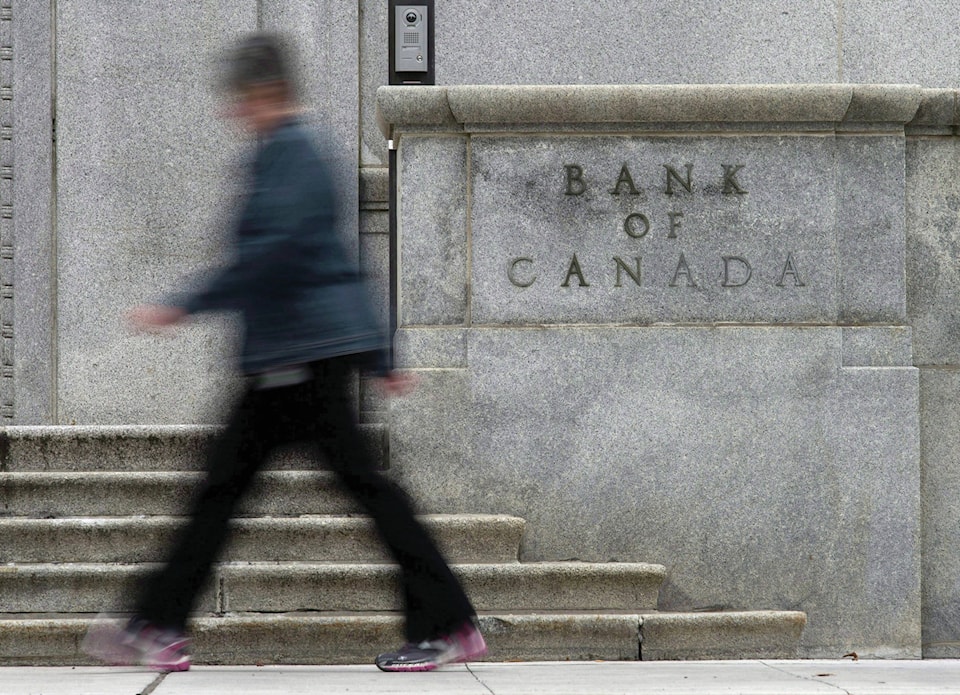Canadian homeowners who accessed their home equity through a loan or refinancing helped fuel household spending in recent years, according to research by staff at the Bank of Canada.
Household spending moved in a similar direction to home prices over roughly the past decade, with both rising sharply in 2016 and 2017, according to a staff analytical note by several of the central bank’s researchers.
In 2017, household spending jumped 3.51 per cent, while house prices advanced 13.57 per cent.
That trend comes partly from the collateral effect of homeowners finding it easier to borrow against their homes, either through a home equity line of credit (HELOC) or mortgage refinancing, when property prices rise.
A HELOC is a line of credit secured against a property owner’s home with the limit that the outstanding mortgage balance and HELOC must not exceed 80 per cent of the home’s value. Mortgage refinancing allows homeowners to replace their current mortgage with a larger one — for up to 80 per cent of the home’s value.
In 2017, the researchers found Canadian homeowners extracted $89 billion in home equity through these two methods, with more money — $49 billion — coming through HELOCs.
Borrowers used that money to pay for big-ticket items, like cars and furniture, or to fund renovations, among other things, according to the research, which suggests this “has likely contributed materially” to this kind of spending in Canada in recent years.
The researchers found that by the end of 2017, this equity extraction could have added two per cent to consumer spending on durables and semi-durables (goods that include cars and furniture), as well as 11 per cent to renovation spending.
The report found that translated into a 0.5 per cent impact on the GDP level.
However, things changed in 2018. That year, the amount of equity homeowners extracted from their properties fell and that could have had a negative impact of 0.1 per cent on the GDP.
“If this collateral effect is strong, it could leave the economy more vulnerable to adverse events, such as a large decline in house prices,” the note said, adding the absence of equity extraction can exacerbate spending cuts in bad times.
The researchers said they plan to continue studying this area in the future, with a deeper look planned at the characteristics of equity extractors and an analysis of what factors influence the decision to access home equity.
Follow @AleksSagan on Twitter.
